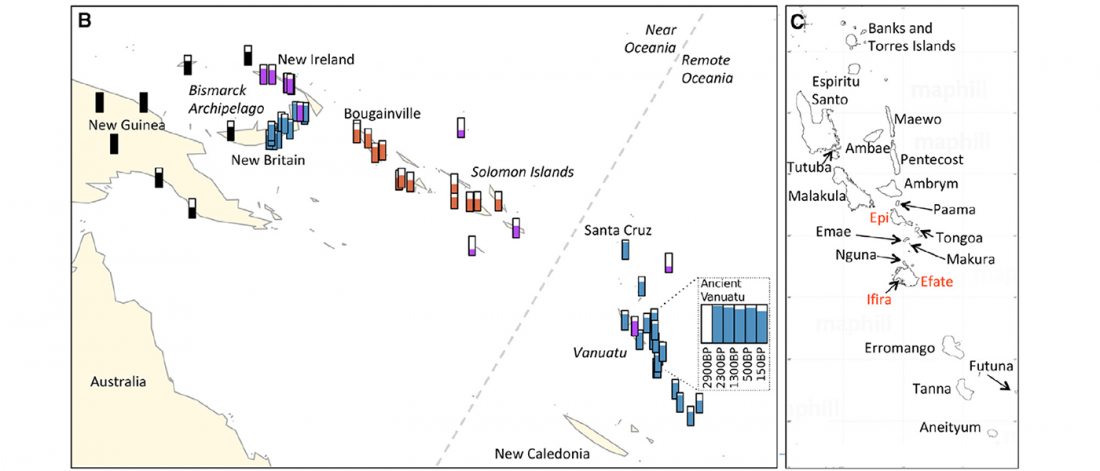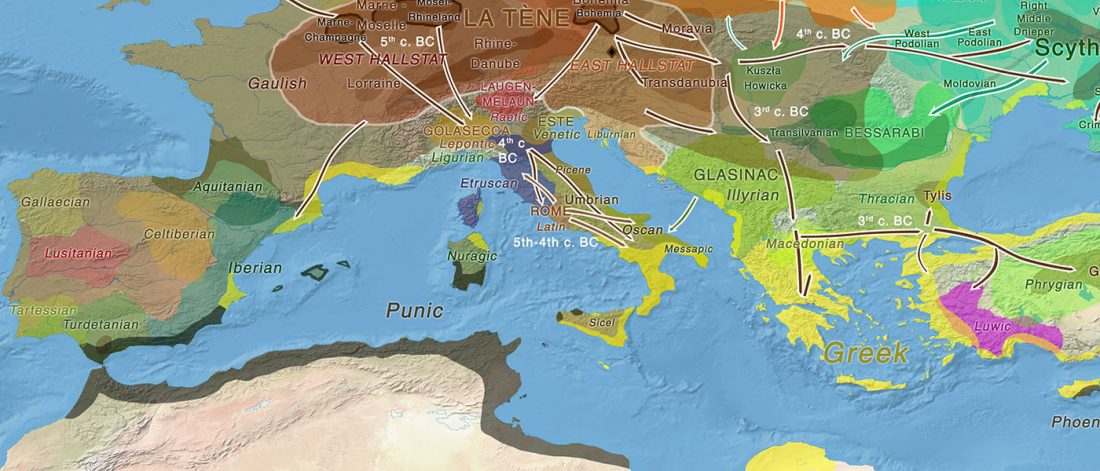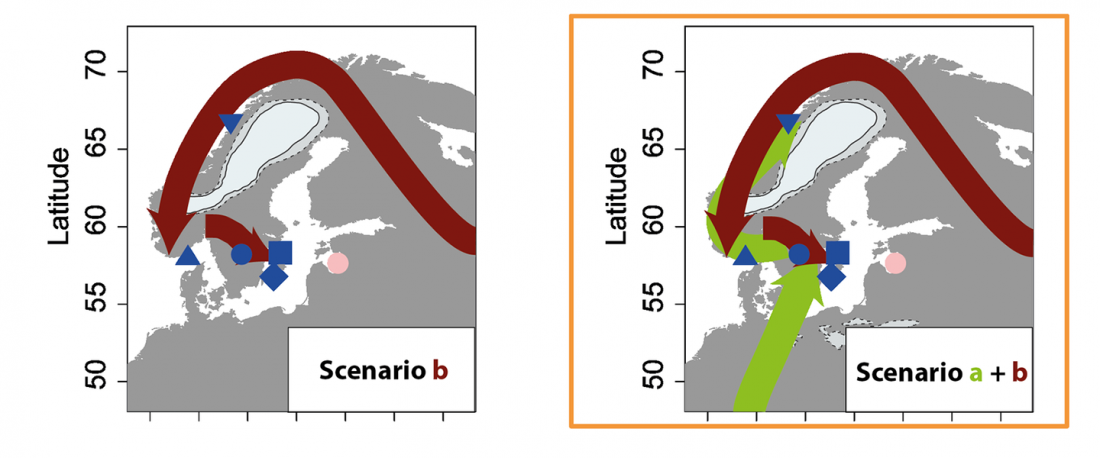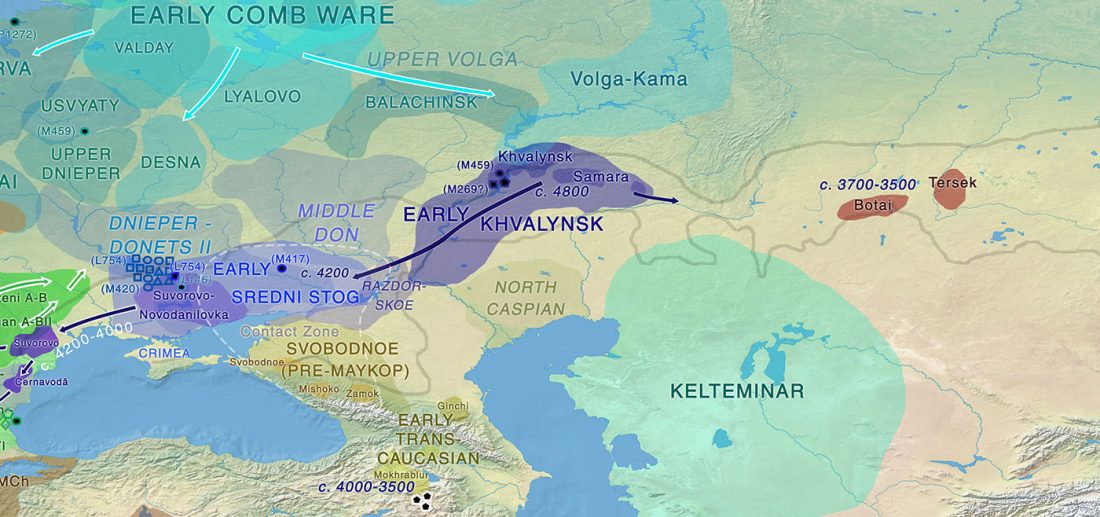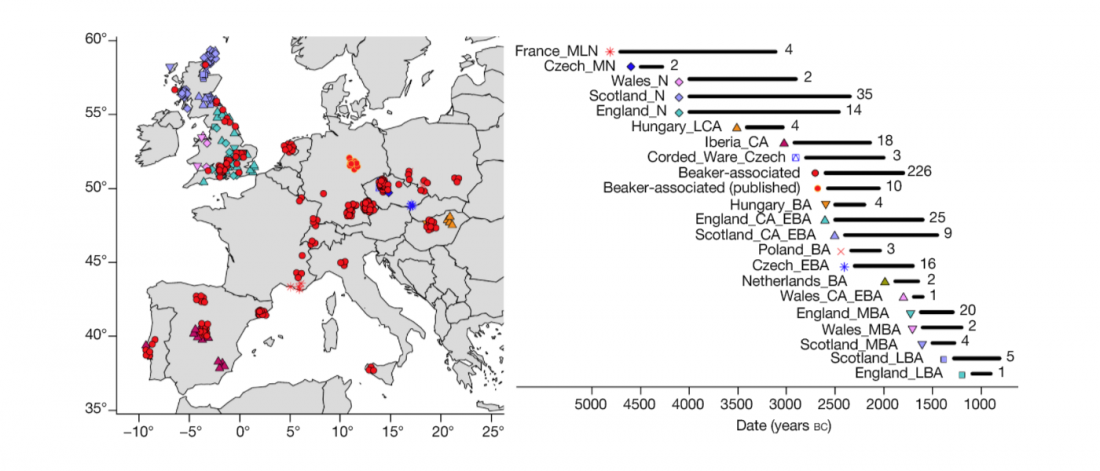Population turnover in Remote Oceania shortly after initial settlement
Open Access article Population Turnover in Remote Oceania Shortly after Initial Settlement, by Lipson, Skoglund, Spriggs, et al. (2018), based on the recent preprint at bioRxiv.
Summary:
… Read the rest “Population turnover in Remote Oceania shortly after initial settlement”Ancient DNA from Vanuatu and Tonga dating to about 2,900–2,600 years ago (before present, BP) has revealed that the “First Remote Oceanians” associated with the Lapita archaeological culture were directly descended from the population that, beginning around 5000 BP, spread Austronesian languages from Taiwan to the Philippines, western Melanesia, and eventually Remote Oceania. Thus, ancestors of the First Remote Oceanians must have passed by the Papuan-ancestry populations they encountered in New
